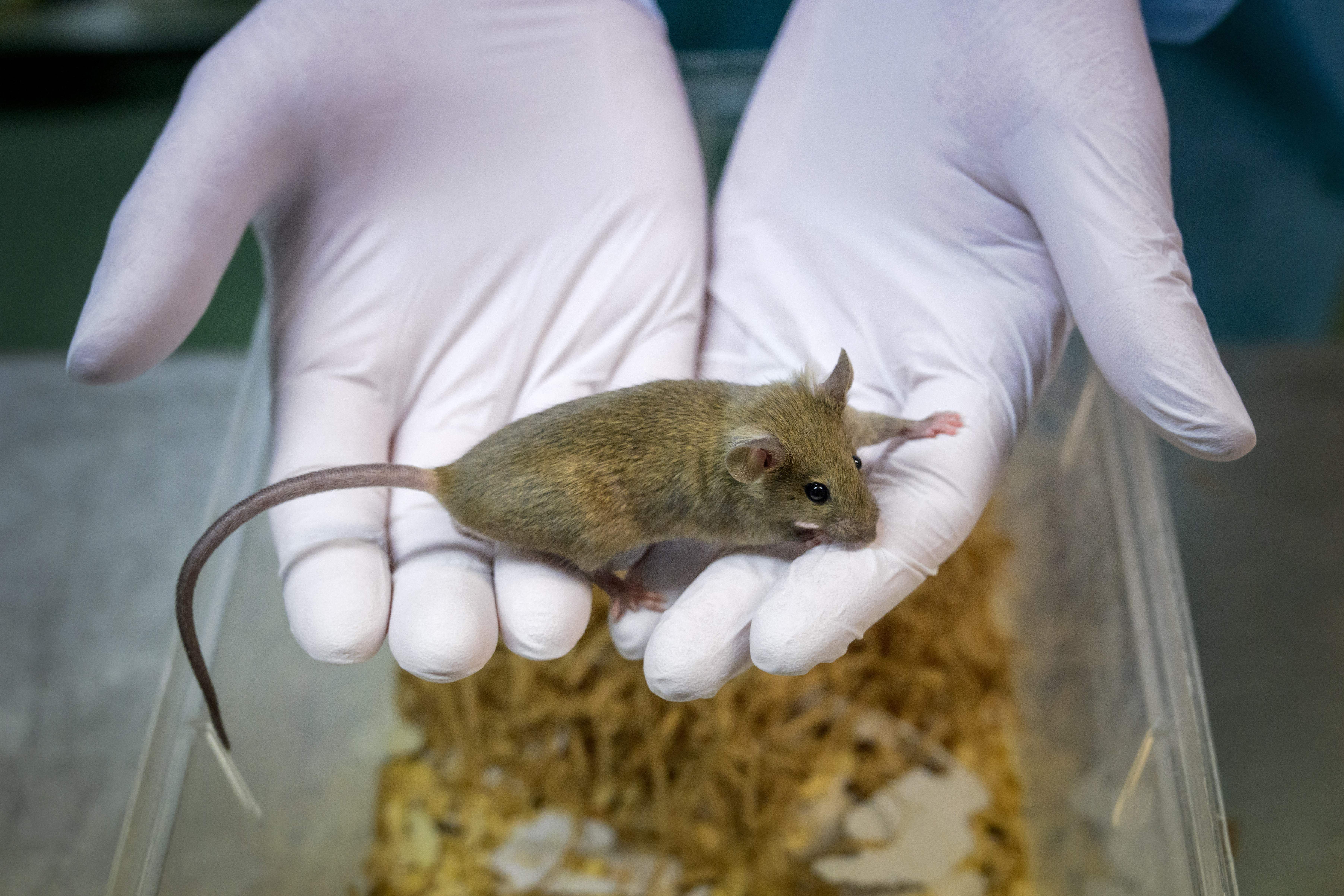Scientists can end cosmetic tests on new 3D -printed skin animals.

Scientists developed a 3D printed human skin imitation with living cells, said they could provide a progress, cosmetic tests without using animals.
Researchers, including the Vellore Institute of Technology in India, say that skin imitation imitates the natural three -layer tissue structure of the human skin and is ready to test cosmetic nanoparticles.
The works published in the journal of Star Protocols are due to the restrictions imposed on the animal test of cosmetics and materials in the European Union.

Scientists around the world are looking for alternatives to test the absorption and toxicity of cosmetics such as sunscreens and serums.
The latest research provides a protocol to produce piers similar to human skin using 3D printing. “The process allows privatization by adjusting the process of simple, cost -effective, environmentally friendly and treatment parameters,” he said.
Researchers say that the starting point to make these skin imitations is a hydrogel formulation printed with living cells.

These gels create an ideal situation for the growth of cells with high water content. Karin Stana Kleinschek, one of the authors of the new study in Austria, said, “Hydrogels from 3D printer should meet a number of requirements for our skin imitation.”
“Hydrogels should be able to interact with live skin cells. These cells should not only survive but also grow and increase at the same time.”

Cells growing on hydrogel should also be stabilized without using toxic chemicals.
“Only skin cells in hydrogel survive in cell culture when they survive for two to three weeks and improve skin imitation.
“This skin imitation can then be used for more cell tests on cosmetics.”
Scientists claim that their first tests with 3D printed skin cells are “very successful .. “This is a success for complementary research in Tu Graz and Vit. Material research for tissue imitations, and our long -term expertise in the Molecular and Cell Biology expertise of the VITE has completed each other perfectly.”
Dr. “We are now working together to optimize hydrogel formulations and to replace animal experiments, K says Kleinschek.
Researchers say the new protocol also offers a method to develop sustainable biomality for tissue regeneration drugs.




